Pakistan’s Tribal Belt Joins the Modern World
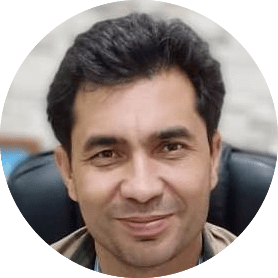
By Manzoor Ali
Staff Writer
14/9/2019
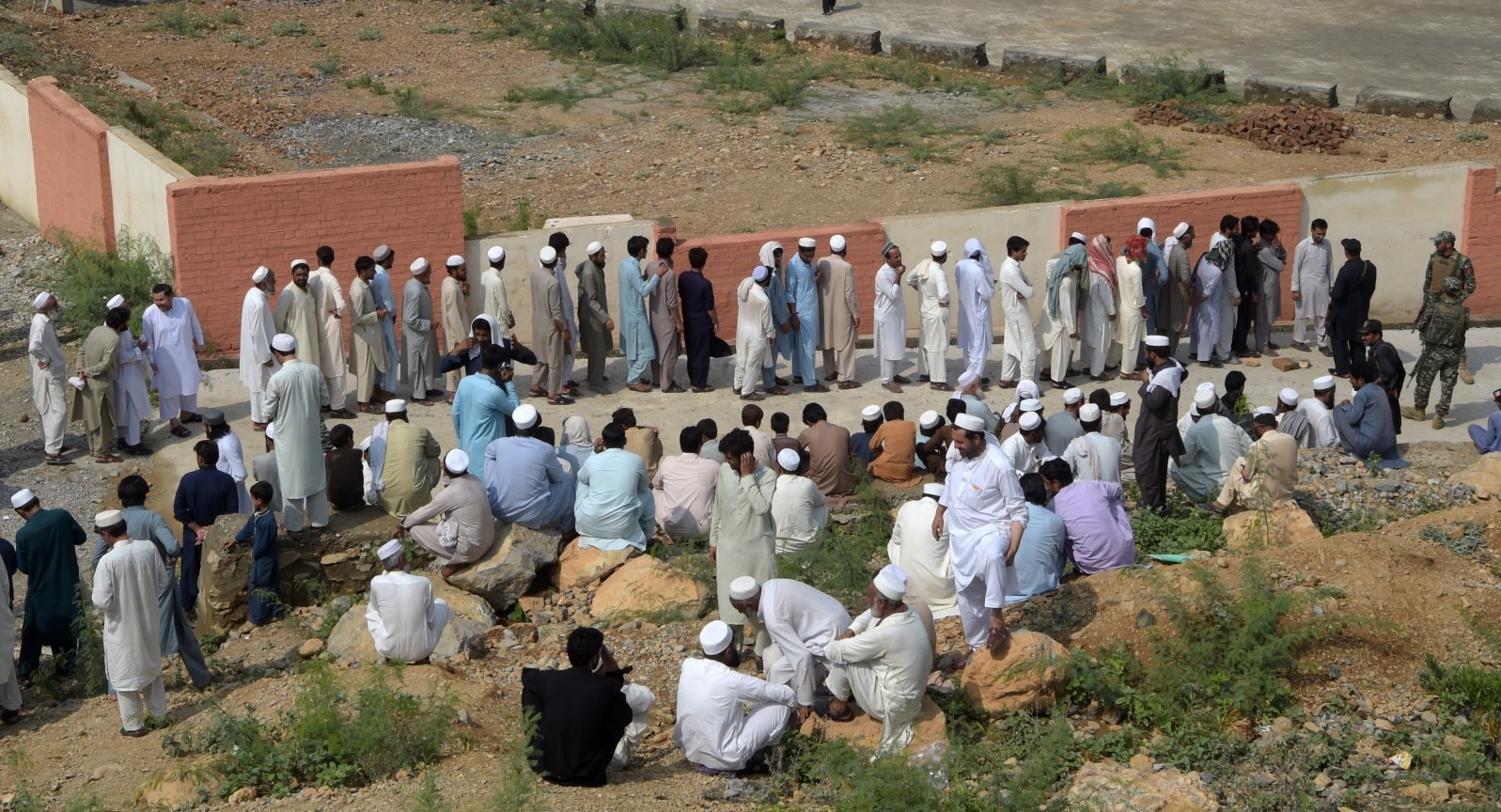
Tribesmen queue up to vote in Khyber District in the FATA in July 2019
On the 27th of August, representatives from Pakistan’s Federally Administered Tribal Areas (FATA) were sworn in at the Khyber Pakhtunkhwa provincial assembly. The corridors of the assembly building that day were bustling, the visitor galleries on the second floor jam-packed, with tribesmen jostling for standing room.
The new lawmakers were conspicuous in their tribal headgear, and other legislators welcomed them to the assembly with hugs and handshakes. After a recitation from the Quran, the speaker of the house asked them to rise for the oath of office and earsplitting cries of “jiye qabail” (long live the tribesmen) echoed through the chamber. When the first of the representatives was called to sign the house rolls, the galleries erupted in chants and whistles, to the dismay of the chair, who threatened to throw them out if they did not keep their decorum. His warning fell on deaf ears, and the clapping and cheering continued till the representatives began their introductory speeches.
This was a watershed moment for the over five million tribesmen living across the FATA, a poverty-stricken and war-torn region along Pakistan’s western border with Afghanistan that was merged with Khyber Pakhtunkhwa in May 2018. This was the first time the region was being represented at the assembly, and the representatives themselves had just been elected this July.
This also heralded the end of an era that began with the British colonization of the region in the 1850s. The tribal areas were a British colonial innovation, annexed from the Sikh empire and then used as a buffer to safeguard their empire in India from threats from the north, as the region sits athwart the major passes invaders from the steppes of Central Asia used to enter the Indian subcontinent. The British called the region “Yaghistan” (land of the rebels) and it played a key role in the Victorian version of the Cold War known as the Great Game.
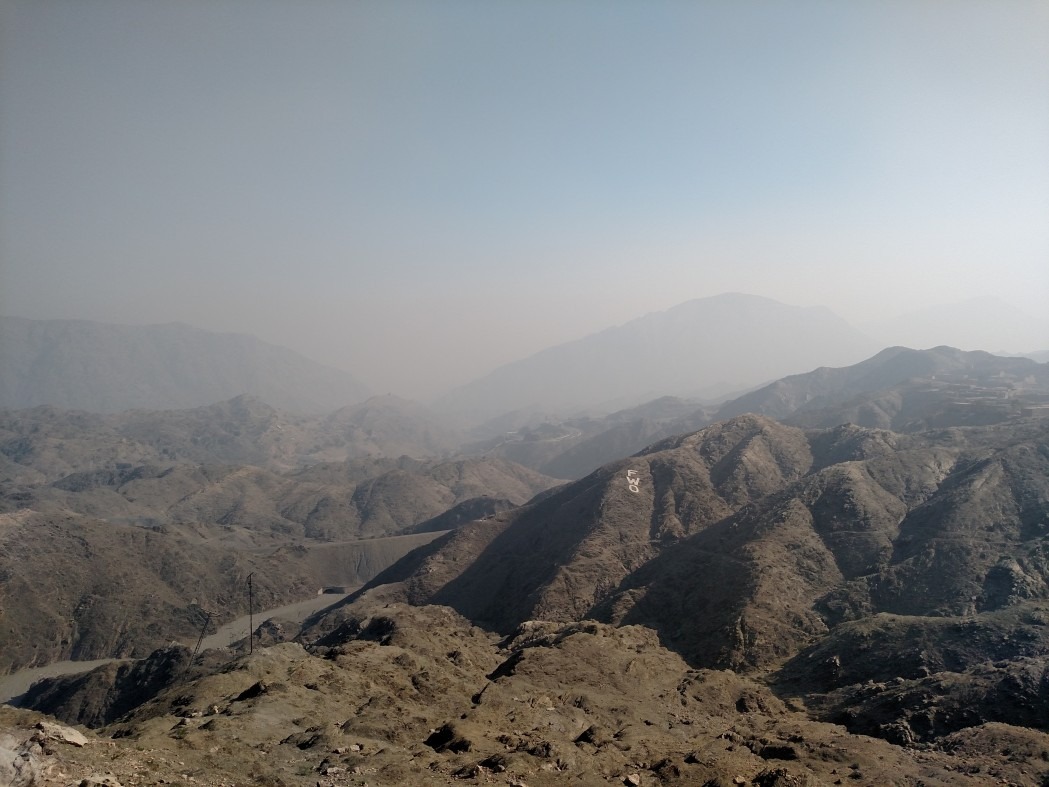
Khyber Pass (in the FATA) is surrounded by a barren and rugged mountain range
The region finally became part of Pakistan when the state was established in 1947 following the partition of India, though it retained its own separate political, administrative, and legal system that it inherited from the British. In the 70 years since, there was no serious effort to integrate the area and its people with the rest of the country. The tribesmen were given the right of adult franchise only at the end of the 1990s and Pakistan’s political parties were only allowed to operate in the region in 2011.
During the Soviet invasion of Afghanistan in 1979, the region became the bastion of Afghan resistance with the backing of the CIA and Pakistani intelligence services. Some of these fighters went on to found Al-Qaeda and organized the 9/11 terrorist attacks in 2001, whereupon the CIA and Pakistani intelligence hunted them on the same land they had trained them two decades earlier. Millions of tribespeople were displaced while thousands of others were maimed or killed as the area slipped into anarchy following the US invasion of Afghanistan.
During the Soviet invasion of Afghanistan in 1979, the region became the bastion of Afghan resistance.
Of course, the plight of the region is also due to Pakistan and Afghanistan’s failure to resolve their border issues. Afghanistan fiercely opposed the inclusion of the territory west of the Indus River (including the FATA) into Pakistan when the latter was formed. It considered it its irredenta, and supported the Pashtunistan movement, which sought to liberate it from Pakistan. To counter this, Pakistan sought to prop up friendly regimes in Pakistan, including the Taliban when it took power in the mid-90s. The extremist and militant Taliban regime, of course, went on to destabilize both countries.
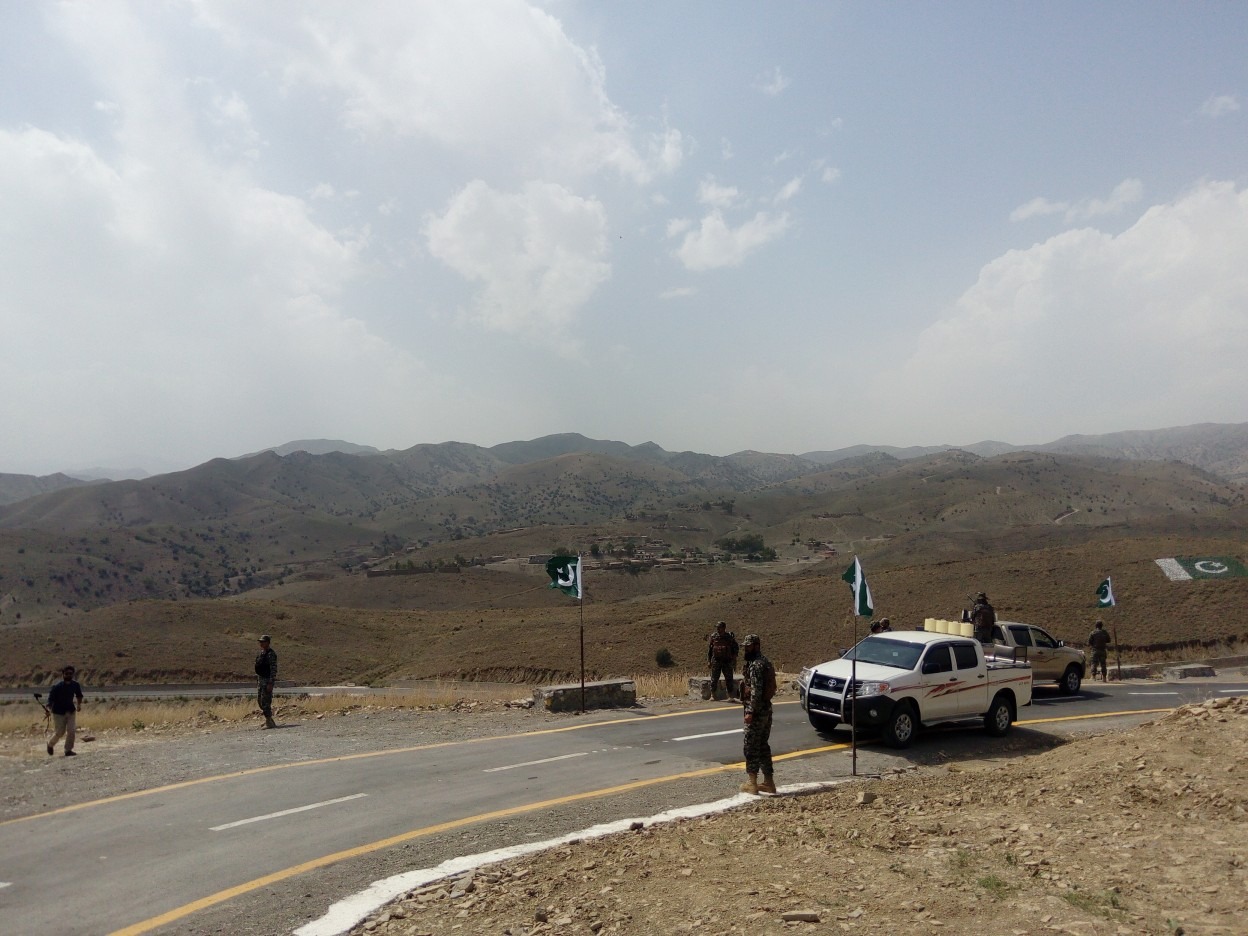
Pakistani security personel guard the Ghulam Khan border crossing between Pakistan and Afghanistan
Realizing the dangers of the FATA remaining apart from the rest of the country, Islamabad has finally integrated it, and almost overnight, these tribal areas have been ushered into modern democracy. Whilst the resolution of disputes was previously done through a council of elders called a jirga, which sometimes punished an entire tribe for the crime of an individual, now the region is subject to the national legal system based on the rule of law and individual responsibility. Whilst law enforcement was previously left to Khasadars, who were on the government payroll, but carried their own weapons, and passed on their position to family members upon death, now it is the responsibility of a conventional police force. Police stations are being opened and there are officers reporting to the provincial government in all districts. Whilst the region used to fall under the rule of the federal government, and its people’s wishes were not reflected in policies (which were mostly dictated by security considerations), now the region is set for local government elections in the coming months and, together with representation in the provincial assembly, the tribespeople will have some say in the policies affecting their lives.
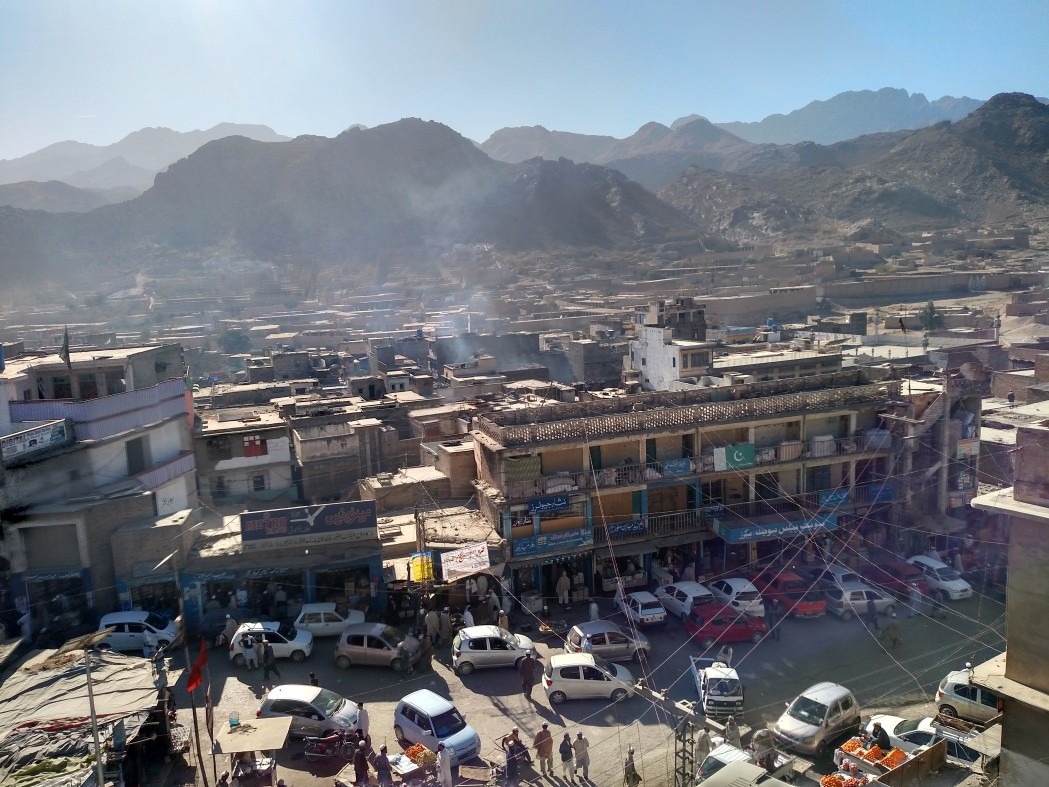
Landi Kotal, one of the largest towns in the FATA
Local politics in the near future is likely to remain dominated by the patronage of provincial elites and religious leaders, however. Recently, a prominent tribal political family took about 12,000 people on an all-expense paid trip to a scenic spot in the north after winning two seats in local elections. The trip reportedly cost several million rupees. Then there are religious groups that have thrived through feeding conspiracy theories to the public. Inroads by political parties from other parts of the country may diminish their influence, but these players are unlikely to relinquish their hold over the region easily.
Local politics in the near future is likely to remain dominated by the patronage of provincial elites and religious leaders, however.
There are developmental challenges, too. Islamabad is working on a massive development initiative called the Tribal Decade Strategy at a cost of $6.4 billion to provide job opportunities, health and education facilities, and basic infrastructure over the course of a decade. But on a recent trip with the Pakistani Army, we visited the Mamad Ghat area in the FATA. The army has set up a large hospital in the area and handed it over to local administration a year ago; however, the administration has yet to appoint doctors at the facility.
Yet, with the old colonial system being dismantled and a new order taking shape, there is at least a glimmer of hope for the tribespeople of the FATA to realize a better future and to put to rest the ghosts of the region’s violent past.
